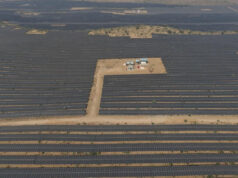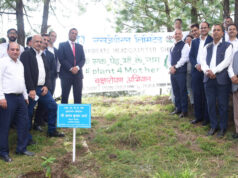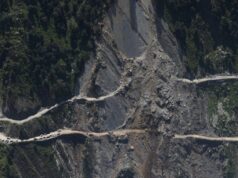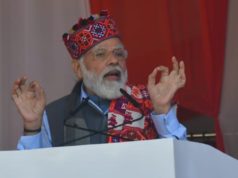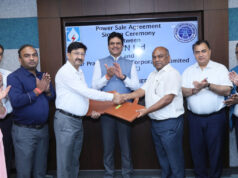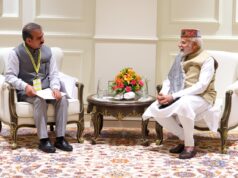New Delhi – The Cabinet Committee on Economic Affairs (CCEA), chaired by Prime Minister Narendra Modi, has approved the investment of Rs. 5792.36 crores for the 669 MW Lower Arun Hydro Electric Project (LAHEP) in Nepal. The project will operate at a levelized tariff of Rs. 4.99 per unit.
The committee has also granted ex-post facto approval for the Special Purpose Vehicle, SJVN Lower Arun Power Development Company Private Limited (SLPDC), a wholly-owned subsidiary of SJVN incorporated in Nepal, which will implement LAHEP. Additionally, the committee approved an equity investment of Rs. 1737.70 crores in SLPDC.
The Lower Arun Hydro Electric Project, featuring four units of 167.25 MW each, is located downstream of the 900 MW Arun-3 Hydro Electric Project on the Arun River in Sankhuwasabha district of Province-1 in Nepal. Designed as a tail race development of the Arun-3 HEP, the project will not require any reservoir or dam and will operate in tandem with Arun-3 HEP. It is expected to generate 2900 million units of energy annually.
SJVN secured the project through international competitive bidding and will implement it on a Build-Own-Operate-Transfer (BOOT) basis with active support from the Ministry of Power, Government of India. The project is set to be completed within 60 months from the date of investment approval. The generated power will be evacuated through a 217 km, 400 KV Double Circuit Transmission Line, currently under construction, extending up to Sitamarhi, Bihar.
In the presence of the Prime Minister of India and the Prime Minister of Nepal, the Project Development Agreement for LAHEP was signed between the Investment Board of Nepal and SJVN on June 1, 2023.
SJVN is a key partner and trusted investor in the socio-economic development of Nepal. Executing mega hydro projects is a mutually beneficial endeavor for both nations, contributing to the economic growth of India and Nepal. The power generated from this project will be fully utilized in Nepal and Indian grids, enhancing grid stability. Additionally, the project will add valuable renewable energy to the grid and reduce carbon emissions by about 26 lakh tons annually.
The project also offers opportunities for Indian contractors to participate in construction and export construction materials and equipment from India to Nepal. It will create employment opportunities for citizens of both countries and improve bilateral relations between India and Nepal.
Currently, SJVN is executing three hydro projects in Nepal: the 900 MW Arun-3, the 669 MW Lower Arun, and the 630 MW Arun-4, totaling 2199 MW.



